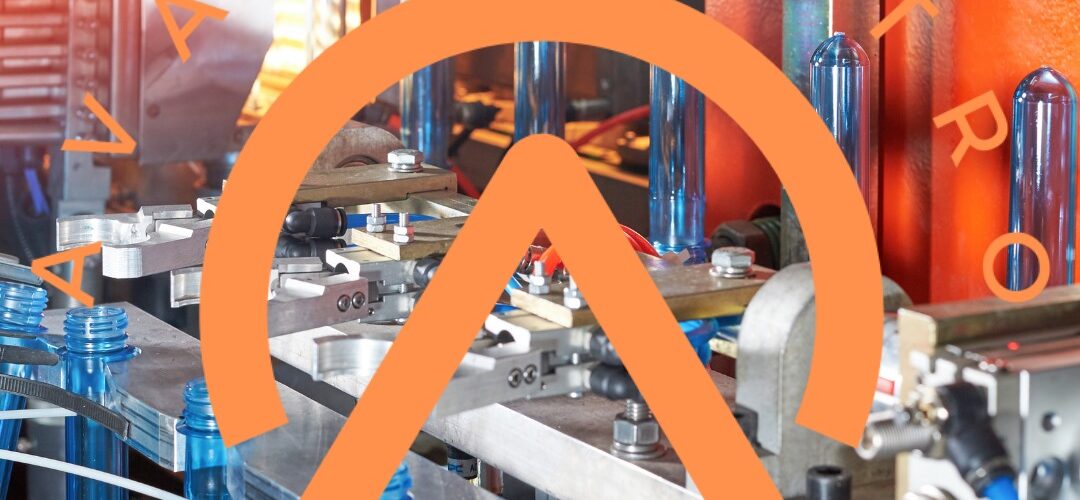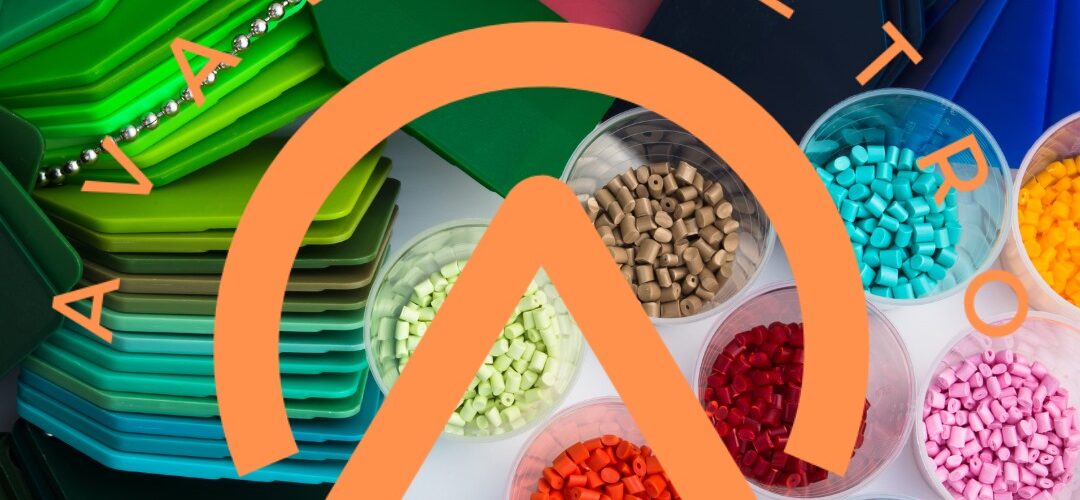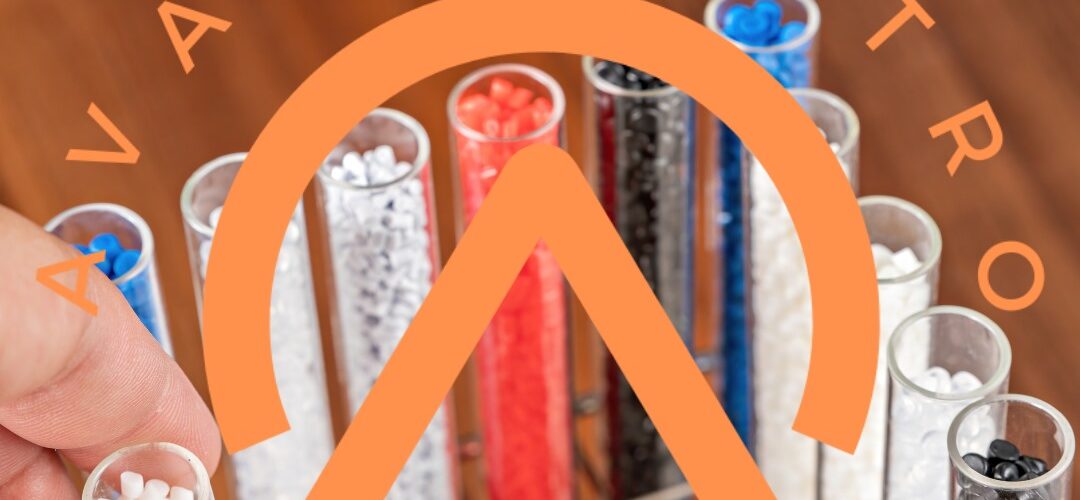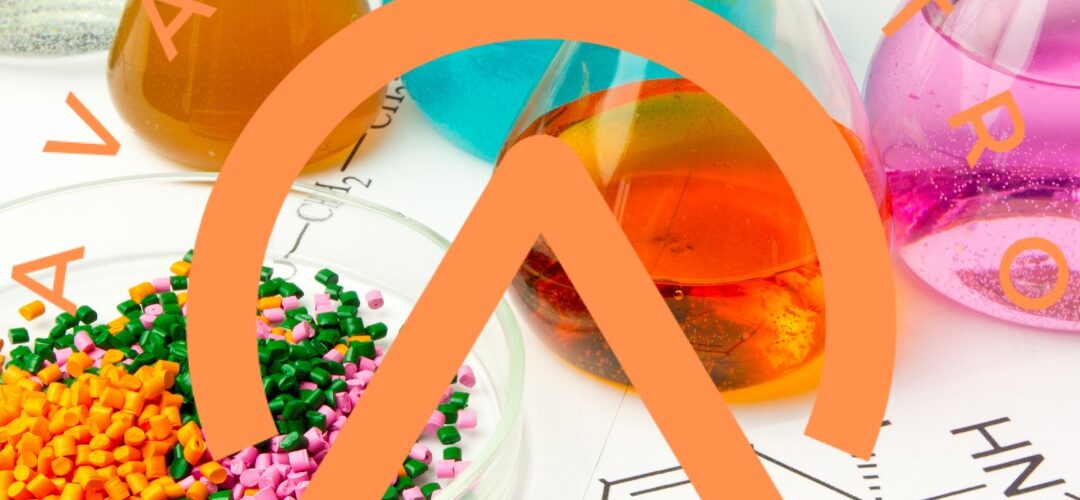Unveiling the Secrets: Production Methods of Polymer Matrix Composite Materials
In the dynamic world of materials engineering, polymer matrix composite materials have emerged as key players, offering a unique blend of strength, flexibility, and versatility. In this comprehensive guide, we delve into the intricacies of the production methods behind these remarkable materials, uncovering the processes that give them their exceptional properties.
Understanding the Basics
What are Polymer Matrix Composite Materials?
Polymer matrix composite materials are advanced materials composed of a polymer matrix reinforced with high-performance fibers. This combination results in a material that exhibits superior strength-to-weight ratios, making it an ideal choice for a myriad of applications, from aerospace to automotive industries.
The Manufacturing Journey
- Resin Selection and Preparation
The journey begins with the careful selection of the polymer resin, a critical step that influences the material’s overall characteristics. Whether it’s epoxy, polyester, or vinyl ester resin, the choice significantly impacts the final product’s strength, durability, and chemical resistance. Once selected, the resin undergoes meticulous preparation, ensuring it achieves the desired viscosity and consistency for the composite.
- Fiber Reinforcement Integration
The heart of polymer matrix composites lies in their reinforcement fibers. Materials such as carbon fibers, glass fibers, or aramid fibers are strategically integrated into the resin matrix. This integration is a delicate dance, with the orientation and distribution of fibers playing a pivotal role in determining the composite’s mechanical properties. Advanced techniques, including automated layup and filament winding, optimize fiber alignment, guaranteeing enhanced performance.
- Layer-by-Layer Assembly
Precision is paramount in the assembly process. Layer-by-layer assembly involves strategically stacking resin-impregnated fiber sheets, creating a laminate structure. The orientation of each layer contributes to the composite’s anisotropic nature, where mechanical properties vary based on the direction of force applied. This method ensures optimal strength where it’s needed most, a characteristic that sets polymer matrix composites apart.
- Curing: The Crucial Transformation
Once the layers are assembled, the composite undergoes a curing process. This involves subjecting the material to controlled temperatures and pressures, allowing the resin to undergo a chemical transformation, transitioning from a liquid to a solid state. The curing phase is critical, determining the final material’s mechanical and thermal properties.
Applications and Advantages
Versatility in Application
The diverse production methods contribute to the versatility of polymer matrix composites, allowing their application in various industries. From aircraft components to sporting goods, these materials offer lightweight solutions without compromising on strength or durability.
Exceptional Strength-to-Weight Ratio
One of the standout advantages of polymer matrix composites is their exceptional strength-to-weight ratio. This characteristic makes them particularly attractive in industries where minimizing weight is crucial, such as aerospace and automotive manufacturing. The composites’ ability to offer strength without adding excessive weight provides a competitive edge in designing high-performance products.
Resistance to Corrosion and Chemicals
Polymer matrix composites showcase impressive resistance to corrosion and chemicals, making them ideal for harsh environments. This property extends the lifespan of components made from these materials, contributing to their cost-effectiveness over the long term.
The Future of Polymer Matrix Composites
As technology advances, so too do the possibilities for polymer matrix composites. Ongoing research and development efforts are focused on enhancing production methods, exploring new resin formulations, and innovating fiber reinforcement techniques. The future promises even lighter, stronger, and more durable materials, opening doors to unprecedented applications across industries.
Written by Emir Narin










